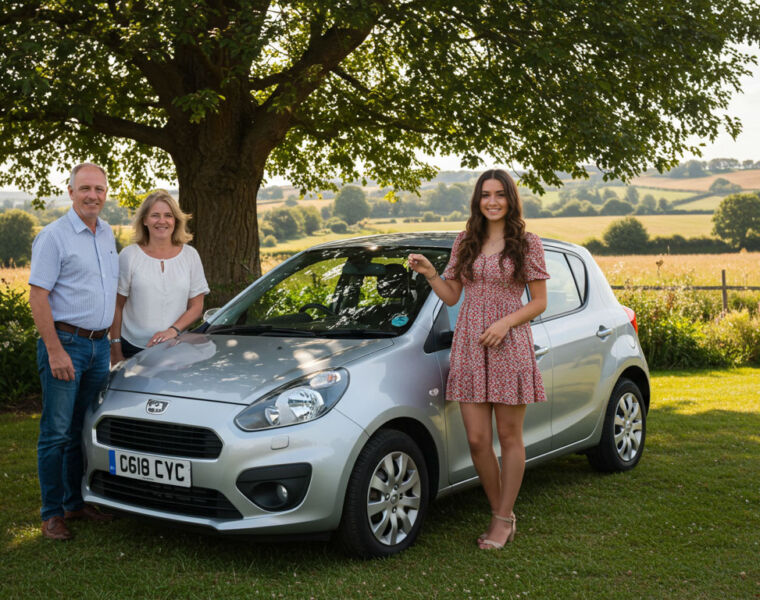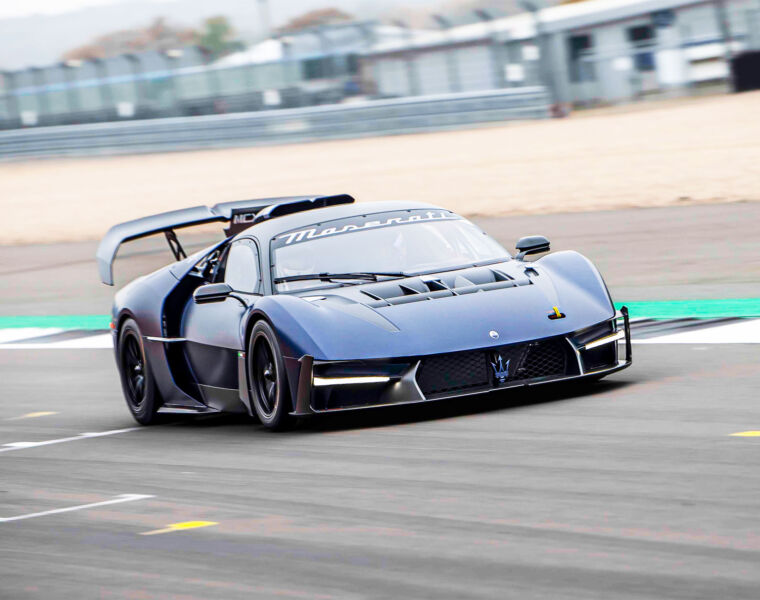
The new Hyundai Tucson switches off the engine when coasting or braking at under 30kph. This is a bridge to the 48V full hybrids that IDTechEx foresaw some time ago. IDTechEx correctly predicted that they would come sooner rather than later and not just as cars.
48V mild hybrid cars are appearing in great variety from small economy versions to a 2020 Ferrari. There will be more 48V pickup trucks and SUVs arriving. They prove to be an excellent and easy adaptation of existing designs to keep them legal in the face of tightening emissions regulations. They even provide significant gains in fuel economy, but it does not stop there.
Faster than previously anticipated by some in the industry, 48V full hybrid versions for cars, buses and trucks are being prepared that is a fraction of the cost of the high voltage versions currently offered. That means powertrains providing pure electric drive, engine off – leaving, creeping in traffic, active coasting, silent parking.
As the report explains, today’s full hybrids are now under severe pressure from two directions. Engine-dominant parallel and series-parallel hybrids will lose to the quieter, lower-cost 48V full hybrids. Battery-dominant series hybrids like the LEVC London taxi and the BMW i3 range extender version will hand over to rapidly-improving pure electric options. Only this report looks at the big picture. Meanwhile, the 48V mild hybrid car is proving a bridge to 48V mild hybrid trucks and buses. Forecasting by extrapolation does not work anymore. New categories are arriving.
The new IDTechEx report captures huge gains and opportunities for a little publicised massive new sector that will involve over 14 million cars yearly.
The Executive Summary and Conclusions is enough for those with limited time as it presents the new detail in infograms and graphs, including forecasts and technology roadmaps. The Introduction then gives the background and explains the basics.
Chapter 3 concerns actual and future 48V MH cars and pick-up trucks across the world, revealing the very different benefits they bring over conventional versions with stop-start. Chapter 4 is dedicated to systems considerations. Chapter 5 addresses the basic components including clients (loads) in both 48V mild and full hybrids.

Chapter 6 focuses on a new arrival – supercapacitors in 48V mild and full hybrids. In 2019, Leader Geely partnered with Tesla Maxwell to fit large supercapacitors across the 48V lithium-ion battery for peak shaving. It permits greater acceleration and more loads kicking in at the same time. Much more electrification becomes possible. Others look at the battery entirely being replaced by a fit-and-forget supercapacitor with effectively infinite cycle life.
Meanwhile, we are certainly entering 3kWh/ 30kW territory for 48V cars transitioning to remarkably capable 48V full hybrids. What was once seen as a quick fix is becoming something that may outlast the conventional hybrid. The IDTechEx report, “48V Mild Hybrid and 48V Full Hybrid Vehicles 2020-2030” is unique in putting this in context and giving the latest technology roadmaps and forecasts.
IDTechEx Electrical Vehicle Research
To find out more about Electric Vehicle research available from IDTechEx visit www.IDTechEx.com/research/EV or to connect with others on this topic, IDTechEx Events is hosting: Electric Vehicles – Everything is changing, November 20-21 2019, Santa Clara, USA.




You must be logged in to post a comment.